A new body of work by Belfast-born artist, Martin Seeds, has just been shown as part of the Brighton Photo Fringe. The works are an extension of Seeds’ application of landscape and allegory. Or put another way, our political landscape — literally and figuratively.
The exhibition consists of three parts – Disagreements, Maps, and Masks – shown in response to the breakdown of the Northern Ireland Assembly and the potential repercussions of Brexit “upon the already unstable Northern Irish landscape”.
For Seeds, the breakdown of the Assembly has destabilised the province and raised doubts about the Good Friday Agreement’s viability as a framework for devolved governance. This has been exacerbated by Brexit’s potential to reintroduce a hard border on the island.
There has been a 60 percent surge in paramilitary style ‘punishment’ shootings and beatings by republicans and loyalists, and Seeds wonders how loud dissident terrorist groups’ voices will get.
Seeds’ latest work reflects the current threat level for Northern Ireland-related terrorism: SEVERE.
Last year, you earned an MA in Photography at the University of Brighton. What is your previous background?
I grew up in Belfast as a geeky kid, playing with soldering and building computers. I earned an HND in computer studies at Ulster University, which led to me being a IT programmer in the early 1980s. But I had to get away from Northern Ireland to realise this opportunity. There was also a political imperative – me not wanting to see everything as from one tribe or the other. So in 1986 I left with five other friends for London. Even then I saw “No Irish” signs in the East End – it made you realise your differences with the local community. London was a bit of a culture shock. But it made me see how the world I was brought up in was so suppressed. I felt cheated out of my youth, but I made up for it in London.
What was your catalyst out of a career in IT to the arts?
In London I was had a circle of friends who were interested in the arts. I was going to the occasional gallery, but my artist friends just said, “You need to do this intensely!” Every four months, when the gallery exhibitions would switch over, we would visit all the new shows. It was exhausting but I learned a lot.
For your previous project, Assembly, you mentioned being influenced by the likes of Collier Schorr.
Yes, at one of these shows I saw collage work by Schorr, where she included a whole photograph but with part of it folded, bent or cut up within the frame. I could see that this was done with purpose and it was a seminal moment for me. Schorr is Jewish and American and was motivated by questioning inherited memories. For her, this would be the Aryan/German bogeyman. For her project, “Forest and Fields”, she went to Germany and embedded herself in a small town and became friendly with the local residents. She listened to their histories, and heard the ones told as well as not told (for example, the photo albums with missing images of SS soldiers). Forest and Fields has purposeful provocative images of landscape and reenactments. Her questioning of tribes and belonging resonated with me.
“Assembly” was predated by my project, “Birds over Stormont”. While on a trip back home in 2015, to visit family, I walked about the grounds when I saw a flock of birds flying together over Parliament Building. It made me think about my departure from home, with a group of friends, as a form of protection. Here I saw the birds as allegory for the political parties in a forced coalition – bound together for safety, security, and a shared purpose to make something work. With my images, I isolated individual birds and gave them party labels; I wanted to break up that flock to examine its constituent parts.
Can you describe the process for creating your most recent works?
“Disagreements” are blended positive and negative exposure images of landscapes. The images are complex and hard to resolve, just like the political landscape. Sometimes you have to stare at them long enough to realise that they are versions of the same image, or to figure out how to separate them.
For “Maps”, I acquired a set of vintage maps of Northern Ireland from an Oxfam shop. I cut out by hand the land masses, leaving roads and man-made structures. The result is fragile. The dating of the maps – 1901 and 1940s/50s — also represent a key point in Irish history – pre- and post-partition. This is also an acknowledgement of British colonialism, when land was removed from the Irish and given to the Planters, generating a tribal rivalry.
“Masks” uses an appropriated image of the balaclava, symbolic of The Troubles. To make these works, I extended my technique of applying technology to direct the viewer’s thoughts. In this case, I placed an image of a balaclava on my iPad and exposed it to light-sensitive paper. The resulting soft yet haunting images allude to the escalating threat of terrorist activity in Northern Ireland.
Individually, these three parts may not seem related to each other; it’s not obvious. But if you change the elements in one part, it will affect the others; you begin to see the linkages.
Tell me more about the rich “folklore, myth, and romanticised notions of belonging” in Ireland. Do you see this elsewhere?
Simon Roberts is exploring this in the context of Brexit in England. He recently hosted an exhibition with a public talk, “Brexit and the Arts”, which became rather heated and veered off in many tangents. Worth checking out his work.
The new work by Martin Seeds can be viewed as part of a group exhibition by Field/s ONE at SluiceHQ in East London, from 8-18th November 2018. You can also view his work online.
PHOTOS
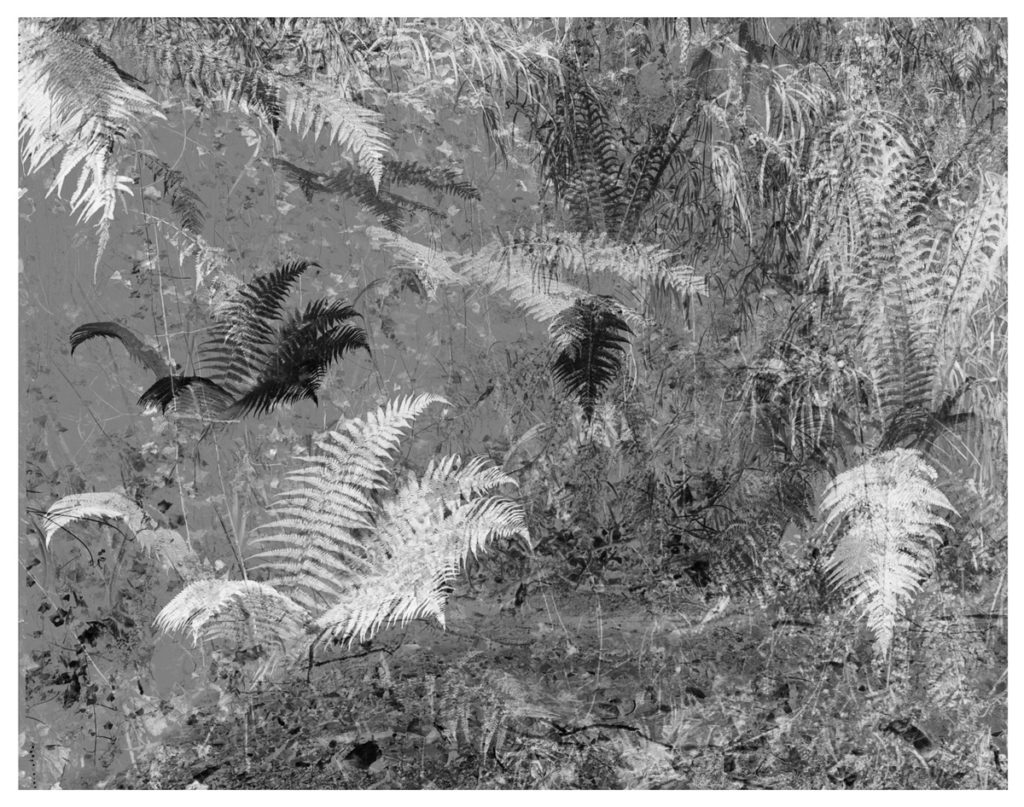
Disagreements 02. (c) Martin SEEDS
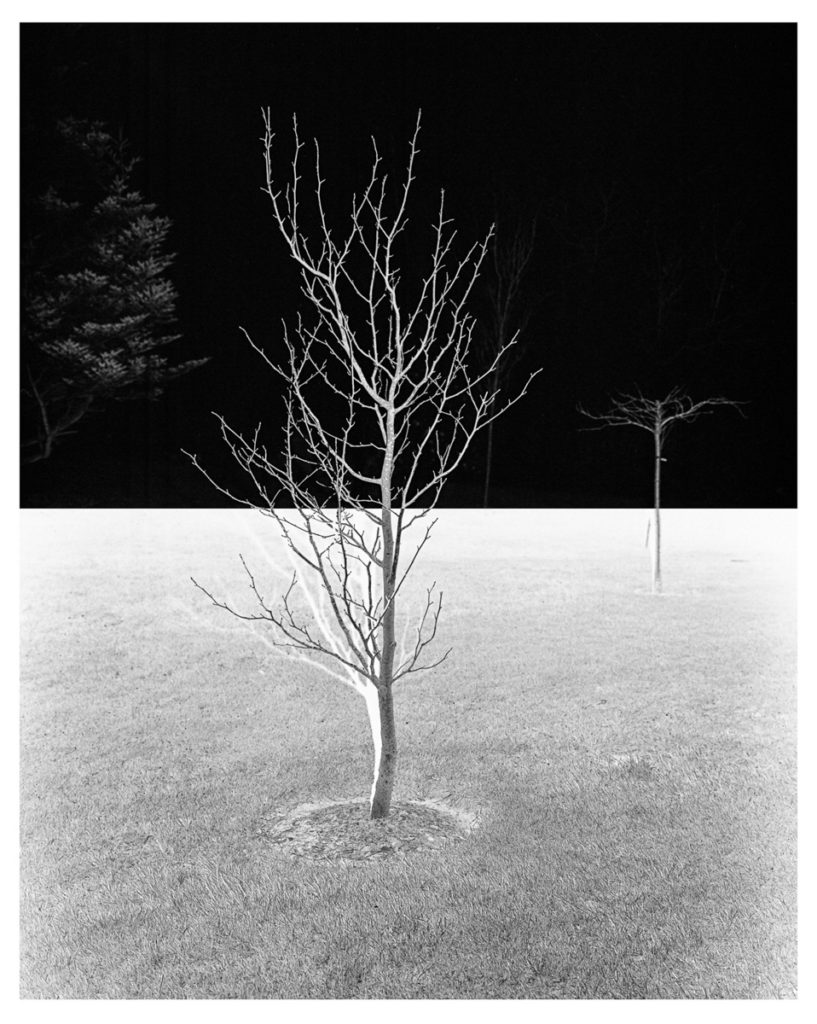
Disagreements 04. (c) Martin SEEDS
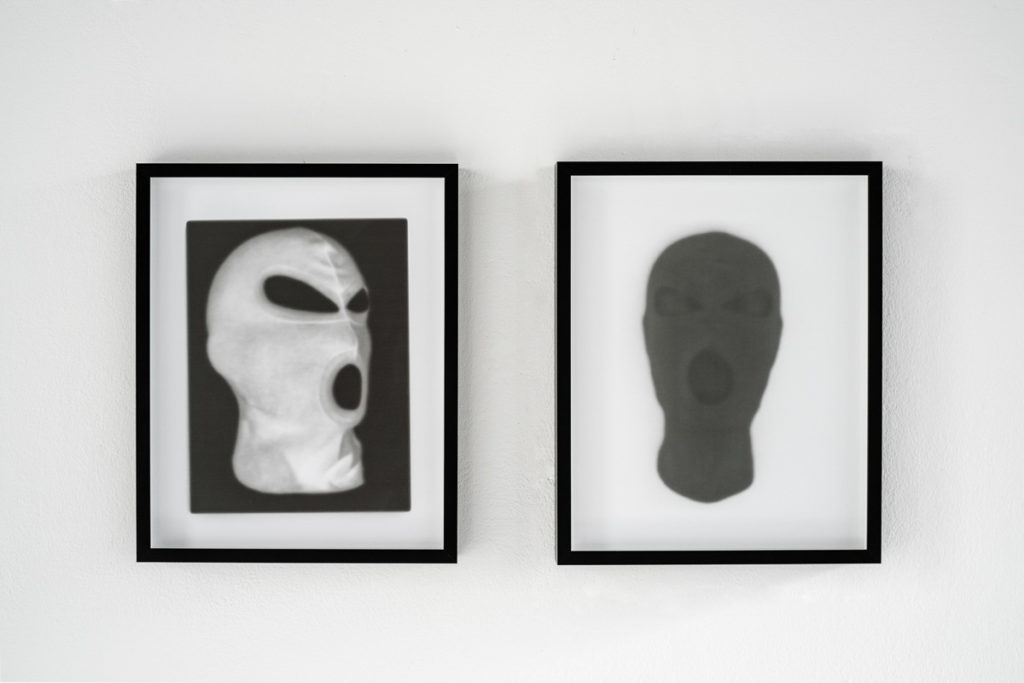
Masks installation: Niagara Falls Projects. Brighton, England. (c) Martin SEEDS
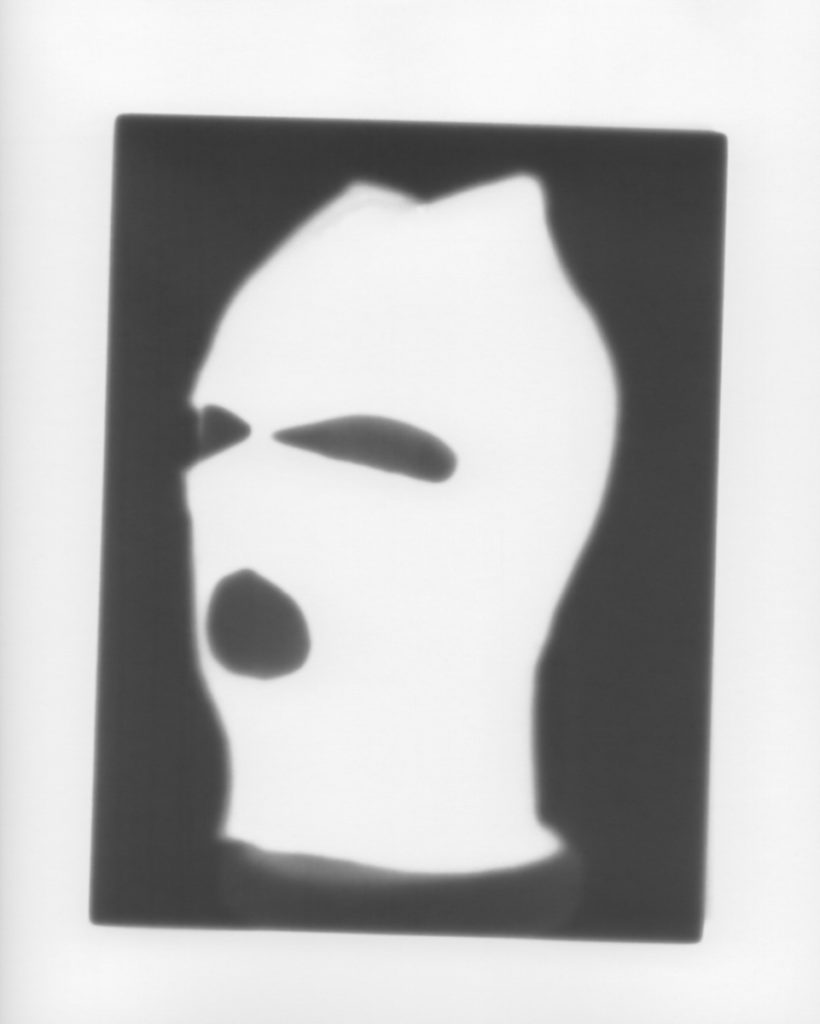
Masks 08. (c) Martin SEEDS
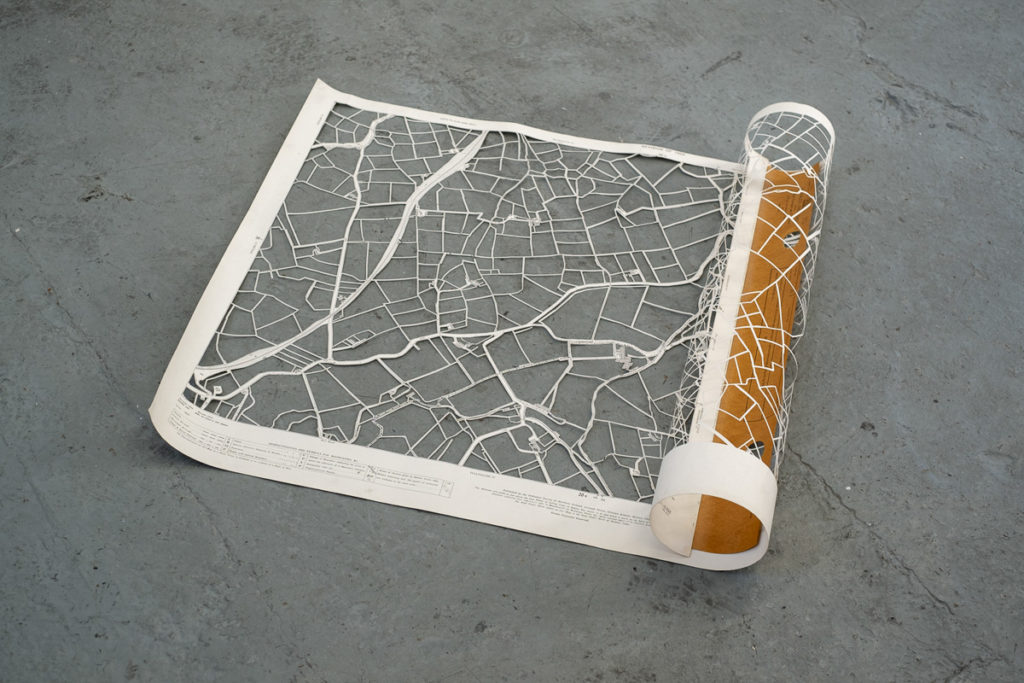
Open Ground installation: Niagara Falls Projects. Brighton, England. (c) Martin SEEDS
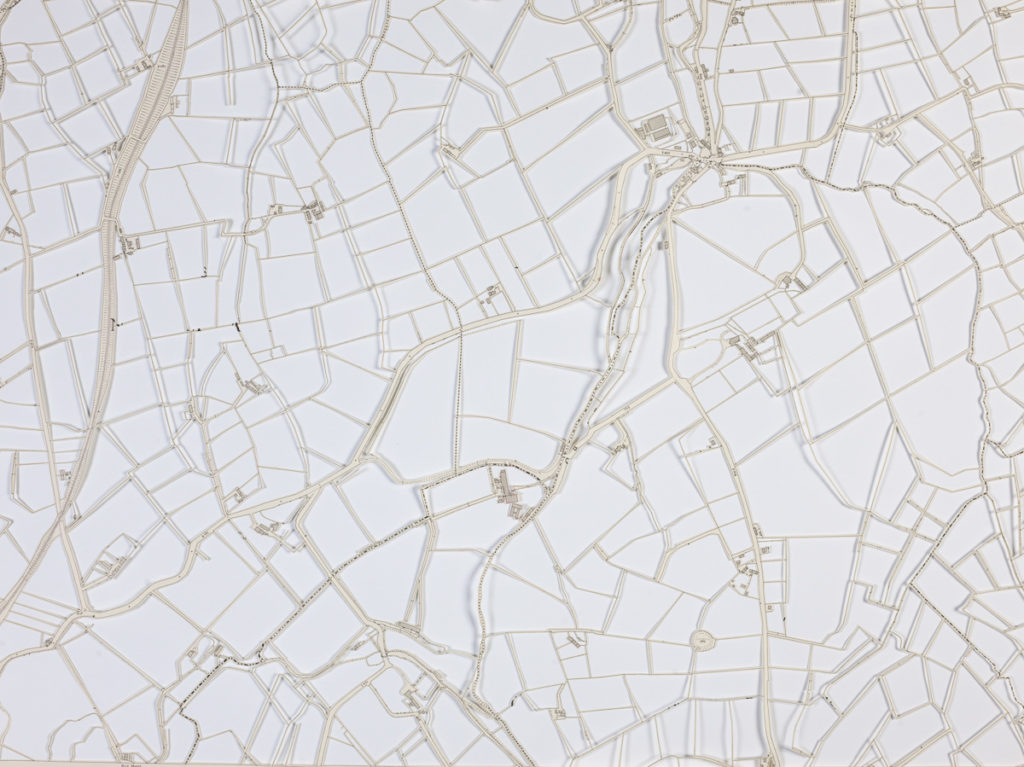
Open Ground installation: Niagara Falls Projects. Brighton, England. (c) Martin SEEDS
